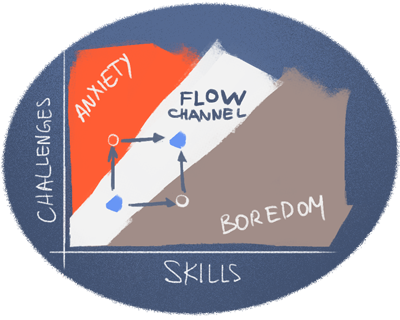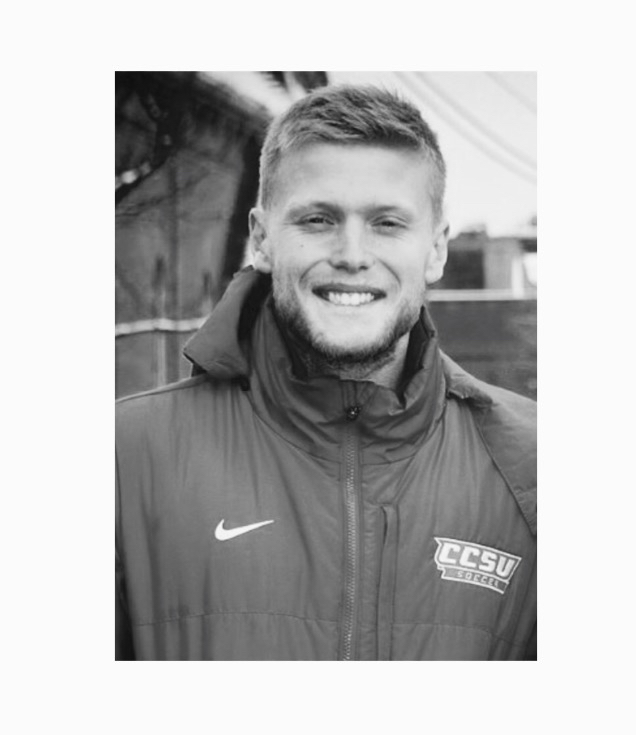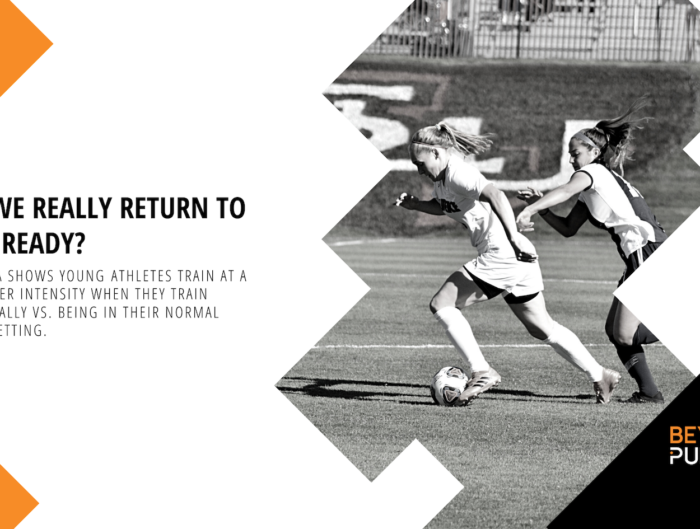Be honest, how often have you delivered a session and thought afterwards, “I could have done more”? How often have you planned a session and felt obligated to execute exactly the way you expected things to happen, regardless of whether it was right for player learning? I’ll be honest, I have.
My challenge to you however, like it has become to myself, is not just to be capable of reflecting “on action” adjusting for the next time, but to be capable of reflecting “in action”. To be capable of affecting change in the here and now ensuring an opportunity to benefit player learning is not lost.
Whether you are a Youth, Collegiate or Professional coach we all have constraints within which we must do our best to operate. It could be navigating physically demanding schedules, battling with other sports or schools for access to the players or simply having a finite amount of time within which you are allowed to coach your players. The importance of maximizing your teachable moments and your players levels of engagement and time on task is essential!
For this reason, I challenge you to ‘CHANGE IT’ or at least know how you might “CHANGE IT’ should the practice require:
* Coaching (modify/vary your delivery method; questions, demonstrations, instruction etc)
* How to score (getting into end zones, playing into targets, more points for certain actions etc)
* Area (bigger or smaller depending on success/ability or desired intensity levels)
* Numbers (bigger or smaller depending on success/ability levels)
* Game Rules (all players have to be in the attacking half of the field for a goal to score)
* Equipment (smaller balls that are harder to control and challenge technique)
* Inclusion (set group challenges, give opportunities for all players to play as a captain or leader)
* Time (reduce to increase intensity or use to improve game management skills within teams)
All of the items above relate to subtle tweaks we can make to a practice’s design to heighten or reduce the level of challenge placed upon the learners. Some environments may require these changes for individual players and not just a team level, so be prepared and have some ideas in your locker.
Our job as coaches, is to pitch our practices in the sweet spot for learning. Not too easy where players become bored, not too difficult that they become disillusioned. Many of you will have heard about the concepts of “Flow” (a mental state where the person performing an activity is fully immersed within a feeling of energized focus, full involvement and enjoyment) or about a player’s Individual Zone of Optimal Functioning “IZOF”, about them experiencing “safe uncertainty” within their training environment (a supportive environment in which risk taking and an exploration of techniques and tactical approaches to solving problems are encouraged). All of which are aimed at getting our players out of their “comfort zone” but not into a “panic zone”.
The models below provide a visual representation of the concepts of “Flow” and “Safe Uncertainty”.


Having ideas of how you can manipulate and modify your practice in real time (by using a constraints based approach to your coaching, adjusting something related to the learner, the task or the environment) so that you can achieve this is one of the arts of coaching. The great thing is that all of the items above can be used to both increase or reduce the level of challenge based on the needs of the group or the learner. The skill is in you, the coach, recognizing what those needs are.
Optimizing individual development within a group setting is not easy. I hope now however, you can head in to your practices with a plan or idea in place to do this should it be required.
Good luck and let us know how it goes!

 FRA
FRA































